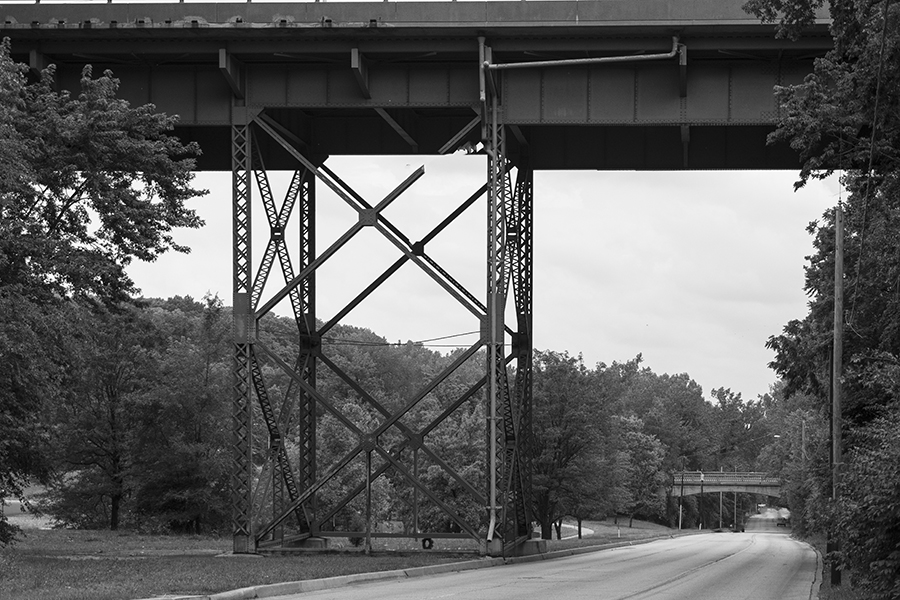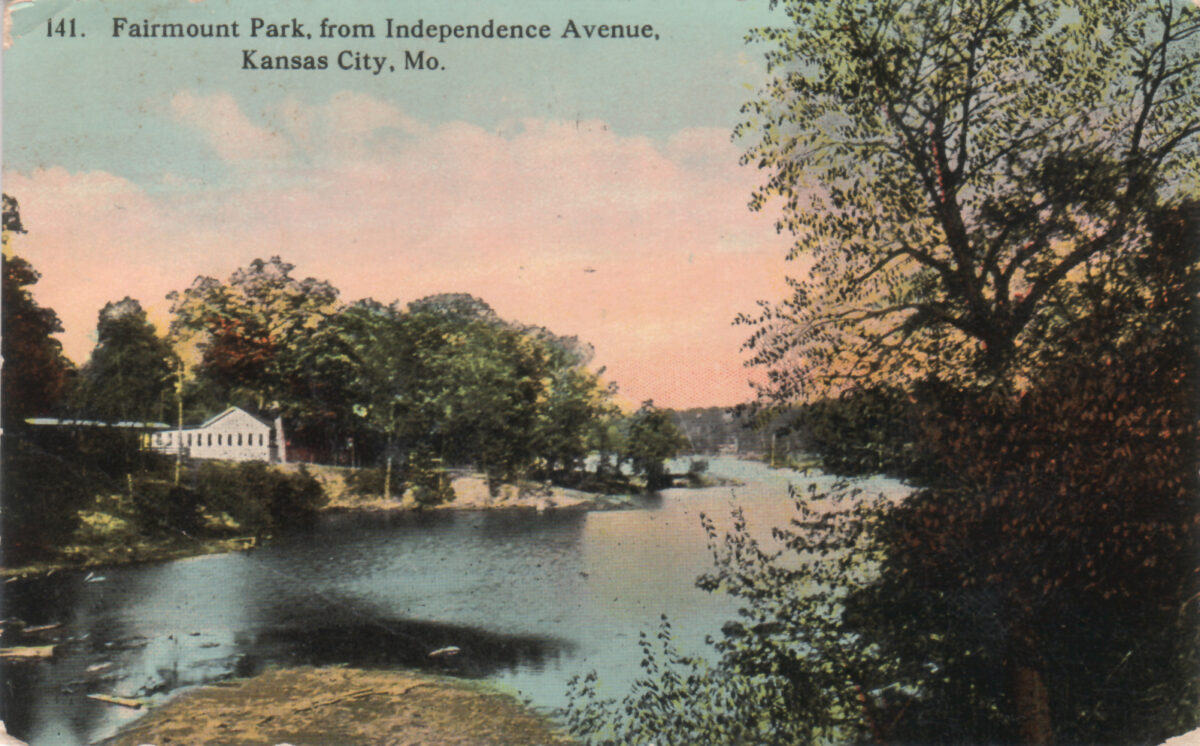This week, in place of our weekly Historic Postcard feature we publish the third of a four-part series of short articles by the late John Dods written exclusively for The Northeast News. John was a Northeast native who graduated from Northeast High School in 1951. Due to John’s involvement in the Boy Scouts, he was urged by the late, great H. Roe Bartle John to attend Missouri Valley College in Marshall. He then transferred to KU where he received his Law Degree in 1957. He went on to join what would become one of Kansas City’s largest law firms, Shook-Hardy and Bacon where he stayed for over 50 years. Between 1939 and 1946 the Dods family lived at 3614 Morrell Avenue. After WWII the family moved to 3514 Windsor Avenue where they lived until 1959. John’s short stories capture a slice of what it was like to grow up during a much simpler place and time in Kansas City’s Northeast neighborhood. The stories are set in the late 1930’s and early 1940’s. Professional photography of some of the locations in Dods’ stories were expertly executed by Historic Northeast resident David Remley.
As a kid growing up in the Old Northeast part of town soon after the Depression, a dime was a lot of money, to be spent wisely. But a dime could buy a half day’s fun going from one end of the city to the other on the longest streetcar ride in town.
St. John Avenue was the major street in our neighborhood and it was the route of the Northeast streetcar line that began at the big Montgomery Ward’s store at Belmont and ran the whole length of St. John and the across the Lexington Avenue Bridge and on to downtown. A ride on that trolley was a long and exciting trip for a kid to see the excitement of downtown, perhaps to visit the Penny Arcade at 12th and Grand.
But for real fun for only a dime, the ride to take was to transfer from the Northeast trolley to what was called the “Dinky.” That short trolley line ran along North Chestnut Trafficway under the Lexington Street Bridge to Prospect at 15th Street. The Dinky was just a small little trolley car that plied its route back and forth for only a few blocks from end to end.
Next came the second transfer to the Prospect line, which was a long and straight ride down Prospect from 15th Street all the way to Swope Parkway. Next was the last of the transfers, to the Swope Park line, which was a grand sweep of a route into the park, to the end of the line near where today is the entrance to the zoo, near the Starlight Theater.
Trolley cars then were painted a garish yellow and green with varnished wood slatted seats. The trolleys were operated by a motorman who stood at the front, operating a lever on a pedestal on the floor to vary the amount of electricity and thus the speed of the trolley. The brake was foot operated and slowing and stopping was with much screeching of metal wheels on the steel of the track, with the clanking of the bell to warn that the car was careening to a halt. The cars could run in either direction so at the end of the line the boom that connected to the power cable above the track was merely disengaged and swung to the other end of the car and reconnected the trolley ready to retrace its route.
Reaching the end of the line was the best part of the long ride. The fun was in running down the length of the car, noisily flipping the backs of the wooden seats in the opposite direction, reversing the position of the chairs, making ready to reverse the long route back to where we had begun. Sometimes the motorman would let us help move the boom, reverse the seats, and get ready for a return ride, without making us pay another dime. Back we would go, to end up on the Dinkey and then the Northeast trolley, to return home from a day-long ride at the cost of only a dime.
Other routes to other places were sometimes tried and explored, but from the Dinkey to Swope Park, all for a dime, was about as much adventure a small boy could ever want – and enough fun that the grown man has never forgotten how far one could travel on a dime on the Dinkey.
John C. Dods


















